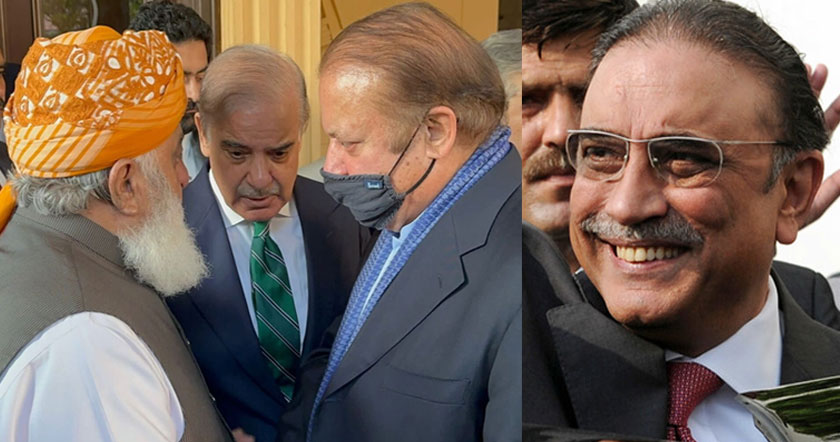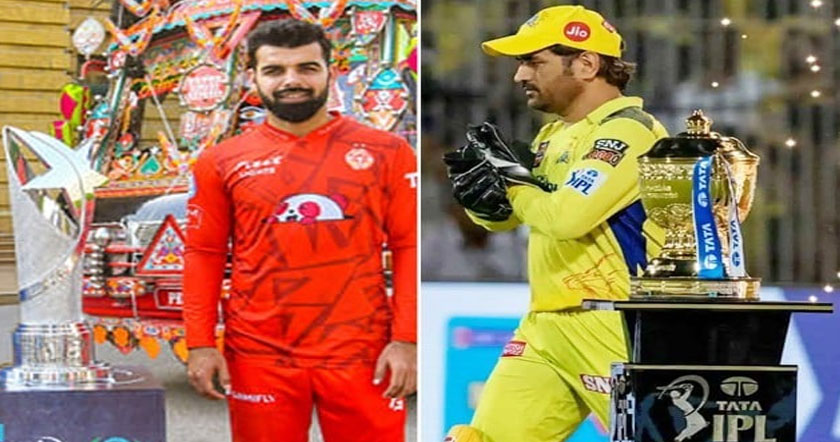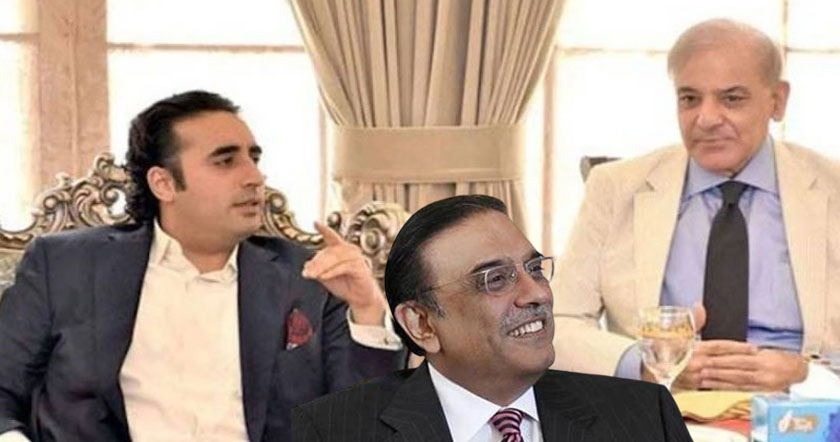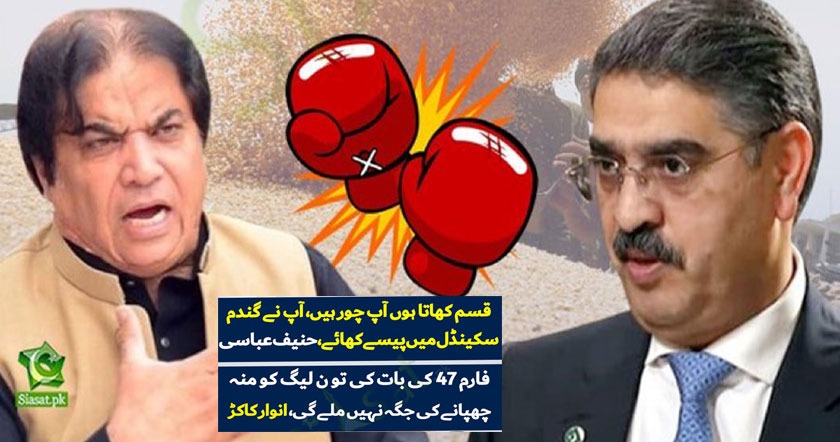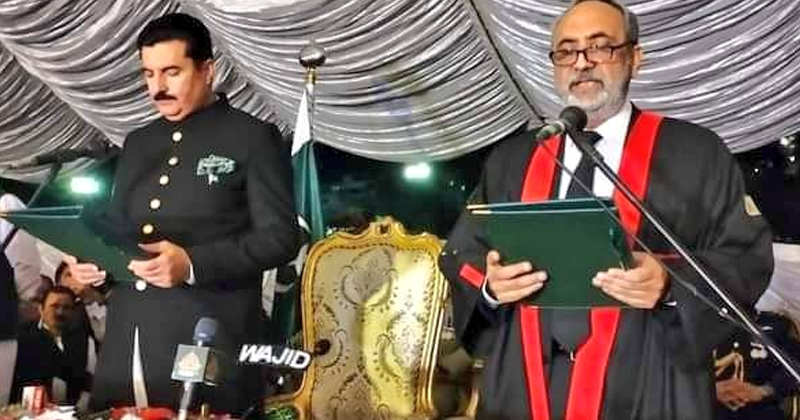The Faisal Mosque is the largest mosque in Pakistan and South Asia and is also one of the largest mosques in the world. It is named after the late King Faisal bin Abdul-Aziz Al Saud of Saudi Arabia. It has a covered area of 5,000 square meters and is situated beautifully at the end of Shaharah-e-Islamabad. Visible are the picturesque Margalla Hills. The Faisal Mosque is positioned on elevated terraced land and therefore is visible for miles around during the day as well as night.
Let's now meet Mr. Zafarullah Khan, assistant director of the Faisal Mosque, who kindly showed us the interior of the mosque.
Greetings. My name is Zafarullah Khan. We are standing in the Faisal Mosque, Now I will tell you about Faisal Mosque. I will tell you about the main hall. This hall has a capacity of 10,000 people: 8,500 men and 1,500 women. Women have a separate hall.
Its hall has a height of 42 meters and its minarets have a height of 91 meters. It has three supporting girders, and the chandeliers were imported from West Germany at that time. Its weight is 6.5 metric tons and it has 1,100 bulbs in it. It is gold ionized and is made of aluminum. Its outer ring has 39 lights in it.
The Faisal Mosque's design by the famous Turkish architect Vedat Dalokay combines contemporary architecture with the looks of a traditional Arab Bedouin tent. The four tall and pencil-like minarets are designed in the fashion of the Turkish tradition. Mr. Dalokay later explained the design to his students:
"I tried to capture the spirit, proportion and geometry of Kaaba in a purely abstract manner. ... thus an unseen Kaaba form is bounded by the minarets at the four corners in a proportion of height-to-base of the Shah Faisal Mosque akin to the Kaaba."
Mr. Zafarullah Khan explained further:
Its specialty is that there is no center column in the building. And the walls have absolutely no load on them. All the load of 80,000 metric tons is on the girders, which is counter balanced with the minarets. And as it is the biggest mosque in Islamabad, hundreds and thousands of people come here five times a day to pray. In Friday prayers, all the hall is full. And it is usually like this. And on some religious events, the halls are full to the maximum. Altogether the mosque has a capacity for 90,000 people. If we take into account the lawns too, then almost 300,000 people can offer prayers in it.
The first impetus for building of the mosque came when King Faisal visited Pakistan in 1966 and supported the initiative of the Pakistani government to build a national mosque in Islamabad. In 1969, an international competition was held in which architects from 17 countries submitted their proposals for the construction. Turkish architect Vedat Dalokay won the competition. Construction began in 1976 and was completed in 1986. King Faisal also largely paid the construction expense. After his passing in 1975, it was decided that the mosque would be named after him.
A splendid mosaic adorns the interior Western wall of the mosque. Its tiles form the words of the Kalimah ("word of Islam") in early Kufic script. This artwork was done by the famous Pakistani artist Mr. Ismail Gulgee.
The place you can see in front of you is known as the stage. You can see the first seven verses of the Holy Qur'an written in a circular shape.
Here on specific religious days, the imam gives a sermon for rest of the practitioners. All praise to the Lord of the Worlds, In the name of Allah, the Most Beneficent and the Merciful. With that, it is written that there is no God but Allah, and Muhammad, peace be upon him, is his Prophet. This statement is written on every two panels. You can read the complete statement of oneness written on the center panel.
Moreover, it is made of ceramic tiles and our scholar Gulgee has performed all these tasks. They start from this corner and they encircle the complete mosque. Two panels are left empty here and two there. But on all the other panels, this statement is written on ceramic tiles.
And this is known as the Qibla Wall. There are three types of tiles on the Qibla Wall. Blue tiles, green tiles and yellow tiles. The blue tiles show the color of the sky. And the green ones depict the grass. And the yellow ones are depicting the blessings of God which He showers upon us. This is Mr. Gulgee's concept.















